Pagebreaks of the print version

COUNTDOWN TO D-DAY:
THE GERMAN PERSPECTIVE
COUNTDOWN
TO D-DAY
The German Perspective
PETER MARGARITIS

Philadelphia & Oxford
Published in the United States of America and Great Britain in 2019 by
CASEMATE PUBLISHERS
1950 Lawrence Road, Havertown, PA 19083, USA
and
The Old Music Hall, 106108 Cowley Road, Oxford OX4 1JE, UK
Copyright 2019 Peter Margaritis
Hardback Edition: ISBN 978-1-61200-769-4
Digital Edition: eISBN 978-1-61200-770-0
Mobi ISBN: 978-1-61200-770-0
A CIP record for this book is available from the British Library
All rights reserved. No part of this book may be reproduced or transmitted in any form or by any means, electronic or mechanical including photocopying, recording or by any information storage and retrieval system, without permission from the publisher in writing.
Typeset in India by Versatile PreMedia Services. www.versatilepremedia.com
For a complete list of Casemate titles, please contact:
CASEMATE PUBLISHERS (US)
Telephone (610) 853-9131
Fax (610) 853-9146
Email:
www.casematepublishers.com
CASEMATE PUBLISHERS (UK)
Telephone (01865) 241249
Email:
Back cover: Bundesarchiv_Bild_101I-719-0247-17A
Foreword
Nearly two decades ago, as part of an email discussion group on World War II, I came across a series entitled We Remember. Overseen by William L. Howard, it chronicled key events that occurred on each particular day in World War II. At the time, I had started developing a book detailing activities of the German High Command on the Western Front in the months leading up to the Normandy invasion.
Wanting to contribute this point of view in the spirit of Howards work, I began a subseries to the daily log, entitling it D-Day Countdown: The German Perspective. It depicted a day-by-day summary of the activities of the German military leaders in Occupied France and in the German Supreme Command as the Allied invasion drew near. My email series addition to the discussion group originally began on December 8, 1999 and ended June 7 the next year.
My daily postings were short and spotty. They were often hastily written in the evening and sketchy on specifics (I was a fulltime technical writer during the day). Thus, they were sometimes not completely accurate. Still, many in the email group found them informative and enlightening.
Strangely, as I wrote them, I found myself slipping into a strongly anecdotal style that increasingly began taking over the details as I delved deeper into the lives of these men. I realized with pleasure that this development made the daily log theme flow much better. And writing the daily particulars in the present tense highlighted the experience even more. As interesting to me were the new individual facts that I discovered from one day to the next as I researched each day to make my postings richer in detail.
The email series was quite a rewarding experience for me, and when it was over, I felt a sense of accomplishment as I went back to my original book, tentatively entitled Heeresgruppe B . Unfortunately, an intense technical writing career and American Legion activities over the next decade substantially slowed the development of that work.
It had been styled originally as another history book written in the classic chronological format so prevalent in the thousands of volumes on military history, and so common in the few hundred that had so far been written on the Normandy invasion. Some twelve years later, though, armed with a good deal of additional research (historical and personal information), and using the contributions of many other authors and their fine works, I found myself coming back to the idea of writing, initially as a companion to my main work, a daily log counting down to the invasion as seen from the German side, and focusing as much on the minutiae of the officers lives as on the military events that they undertook.
As the idea of focusing more on minor personal details again took hold, I began updating, editing, augmenting, and in general revamping the previous material that I had originally submitted in emails, a bit of which by now had made its way to the Internet. Thus, although it follows a conventional chronological layout, this story is somewhat different than the usual yet not ineffectual accounts of the invasion. It is told exclusively from the viewpoint of the Germans, in a similar vein to (and borrowing elements from) Paul Carells Invasion! Theyre Coming! (Sie Kommen!). I tried, though, to mold some style along the lines of Cornelius Ryans great classic, The Longest Day (his exhaustive notes for which I was fortunate enough to mine extensively).
I was intrigued by all the missing personal details regarding what the Germans were doing in those critical months when the Allies were finalizing their operational plans. I hope this work fills in many of those gaps. Unfortunately for Rommel, he was asleep at home in Germany when the invasion began. Still, his part in the story is more critical than anyones, because he was in operational command, and it was his plan that was at stake: would it be followed, or not?
Joseph E. Perisco wrote in the introduction to his excellent book, Nuremberg Infamy on Trial, about the style of his account. I considered this writing style somewhat similar to my own, so it bears repeating:
My treatment of [this story] is intended for the lay reader and general student of history more than for the academic or legal historian. For that reason, I have chosen a strongly narrative style The style does not influence the factual foundations of the book When I have described subjects of the present work as thinking, saying, or doing something, I have drawn from their own writings, letters, oral and written histories, and from other books, archival documents, contemporary press accounts ... [and] interviews... The account is narrative supported by historic fact.
Like him, I chose a strong narrative style, although I have kept it strictly within the bounds of historical accuracy. Everything that people in this book do, say and think is based on factual sources. By choosing this style of writing, I hope to present an accurate account, bringing to life characters that, in the last few decades, have become dry figures who lived some seventy years ago during a long-past war. These people, good or bad, right or wrong, were still living human beings with human failings, caught up in a world war that they had helped create through their own shortsightedness and hubris, embroiled in a conflict that now threatened to destroy their country, their families, and ultimately, their own lives.
While this book is, first and foremost, a chronicle of German lives and deeds, I have at times briefly described what the Allies were up to on a particular date.
I believe this is helpful sometimes to add context and to make sense of German responses to Allied operations. Passages set in italics refer to the Allies movements.
My wife often accuses me of being wordy (I am a tech writer dear, I point out with a smile), and this effort seems to underscore that statement (I am sure my publisher would agree). As further narratives were added to the countdown and my interest in this approach grew, with a substantial part of the added information coming from my original work, Heeresgruppe B, the relatively short 180-page countdown grew expansively. I finally realized that my countdown, especially when I added maps and photos, had overtaken the original work and become the final outcome.

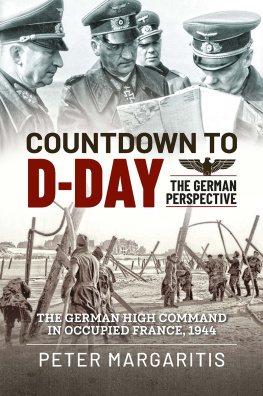

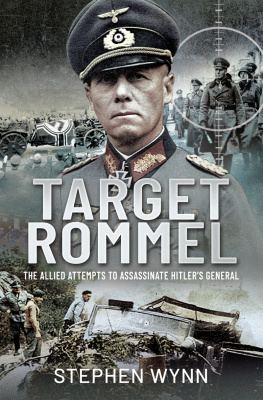

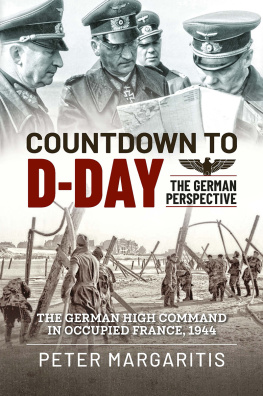

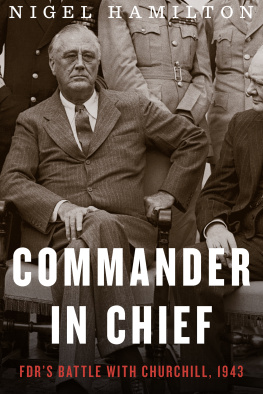
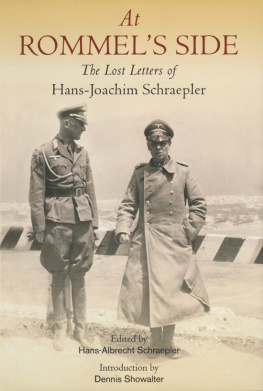

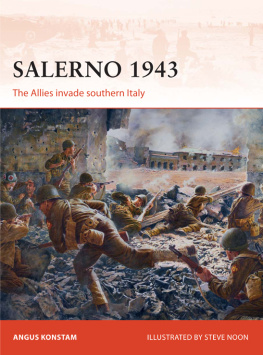

![Russell - Leaping The Atlantic Wall - Army Air Forces Campaigns In Western Europe, 1942-1945 [Illustrated Edition]](/uploads/posts/book/94591/thumbs/russell-leaping-the-atlantic-wall-army-air.jpg)

